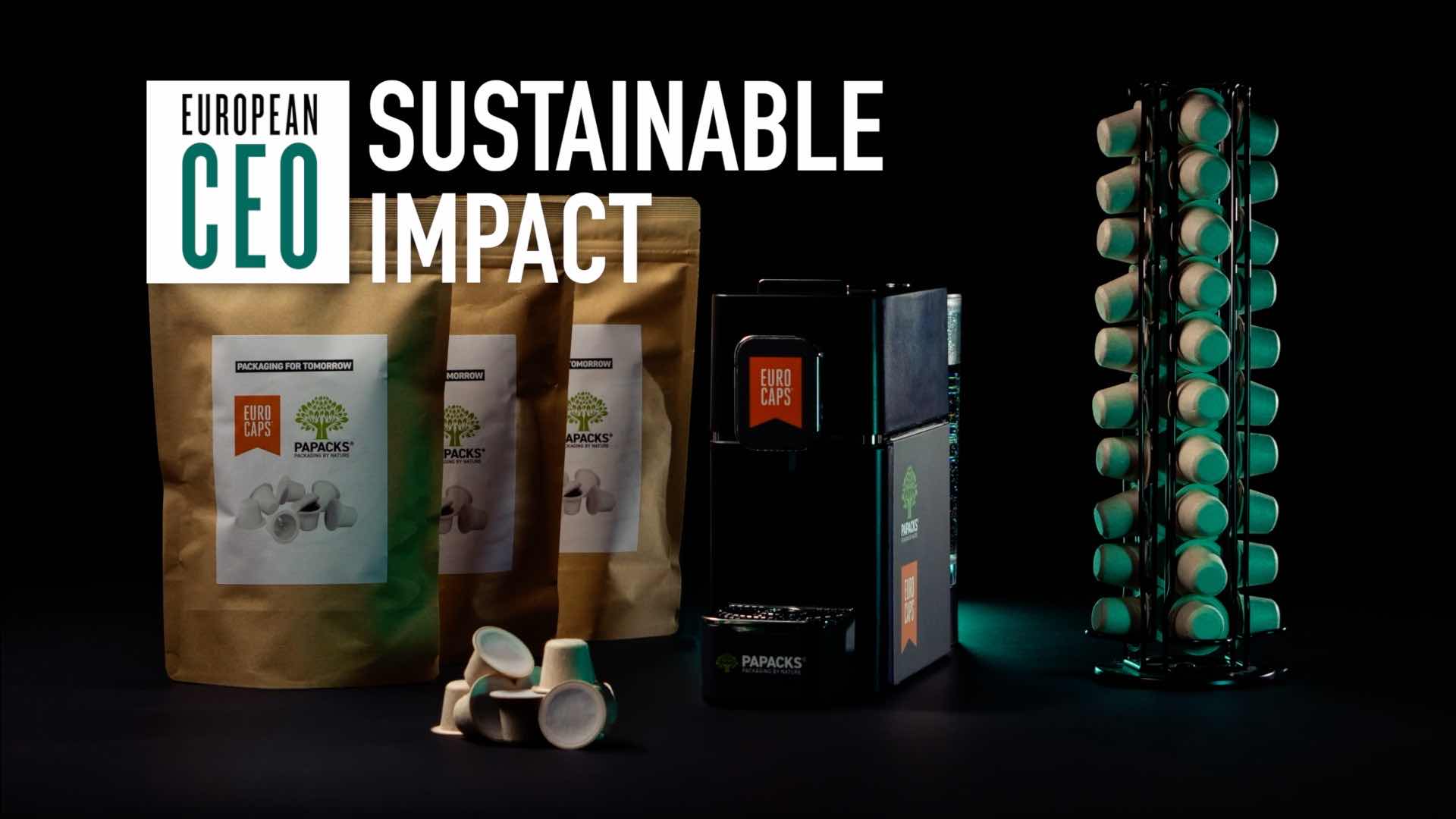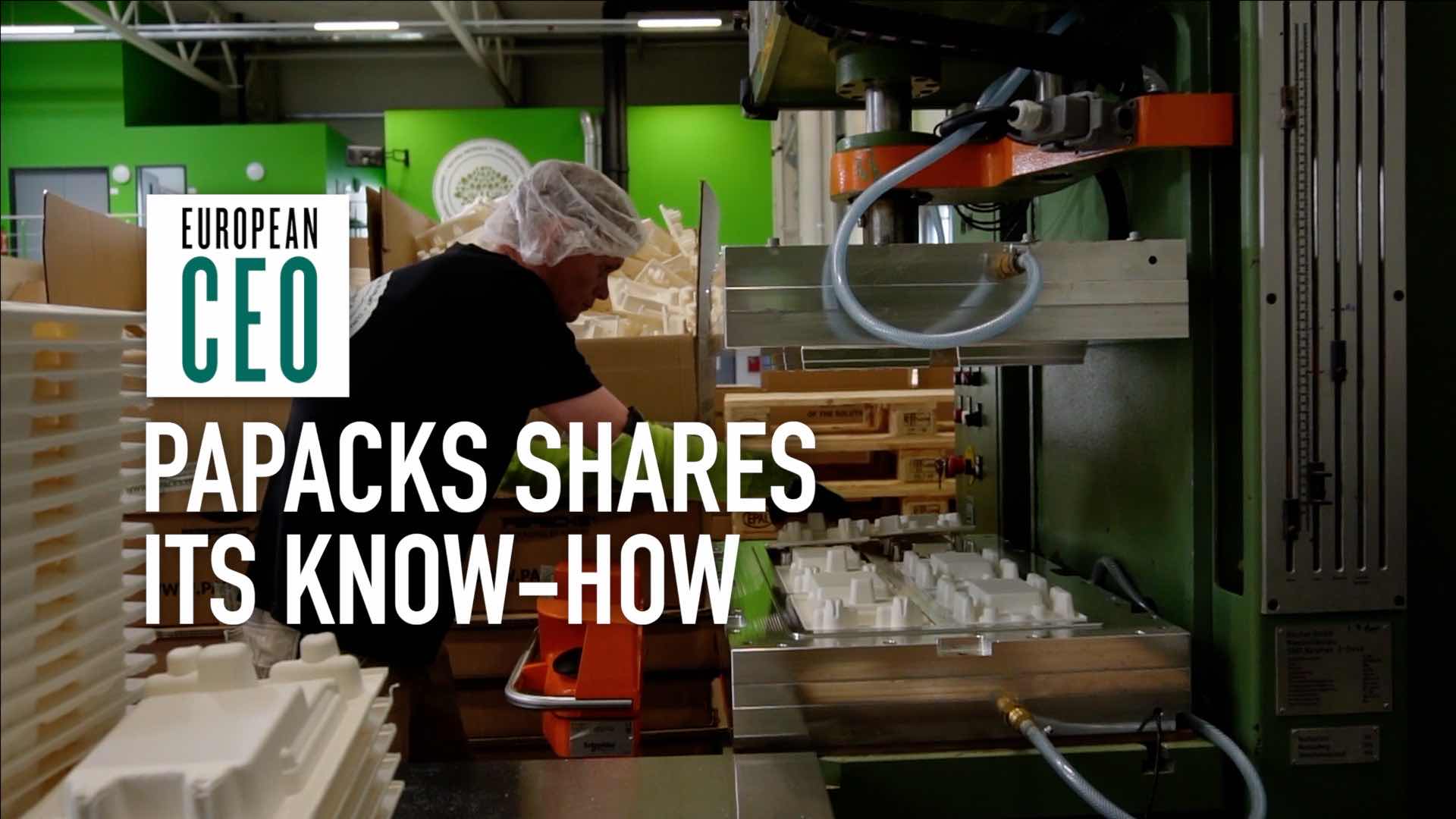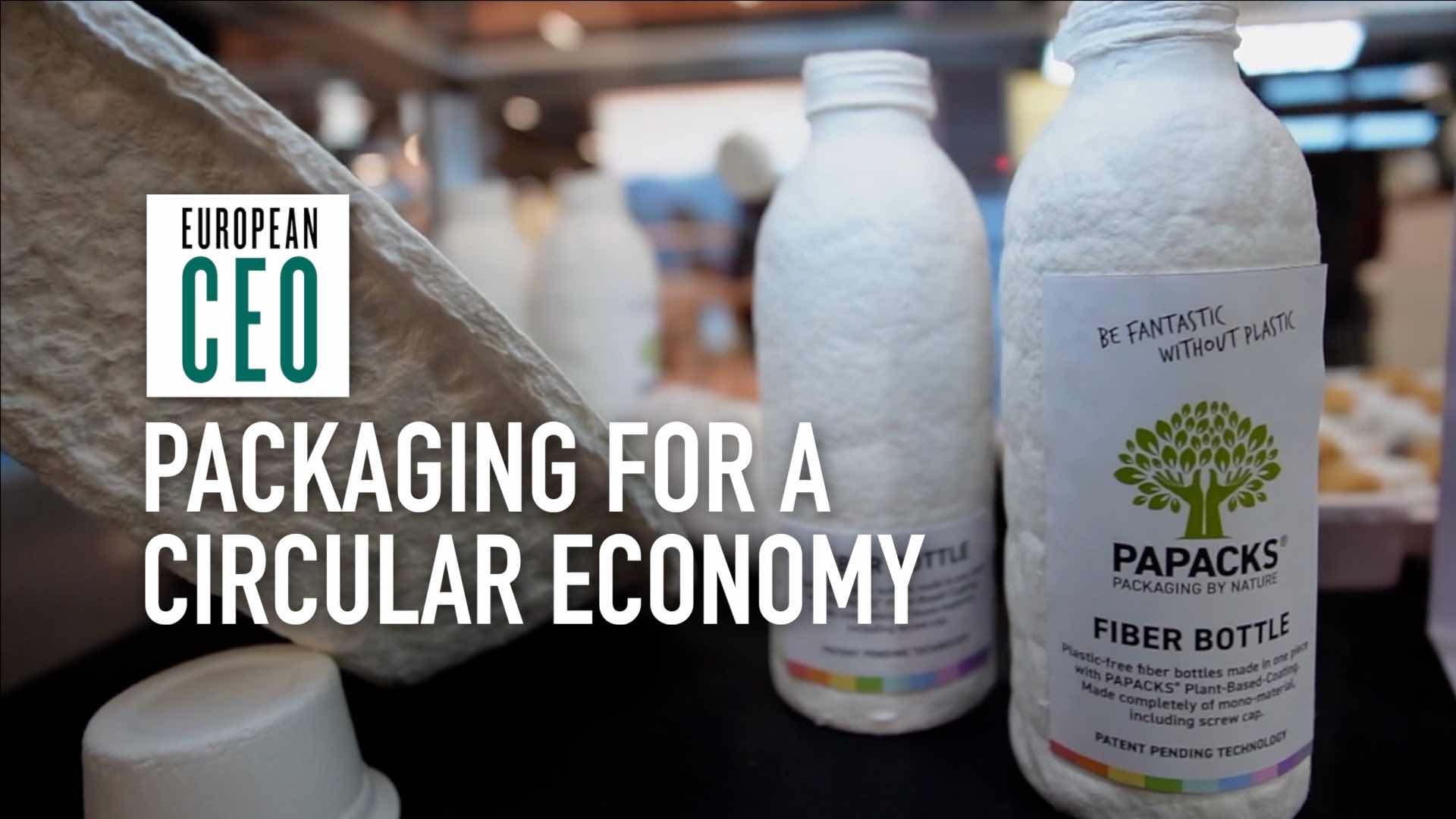Airopack: How packaging can save the planet
Quint Kelders, CEO of Airopack, introduces his sustainable alternative to traditional aerosol packaging
Transcript
Aerosols have been ubiquitous since the 1950s. Sure, they’ve changed – most significantly in the 80s, when CFCs were banned. But to this day, most aerosols use volatile chemicals as propellants, making them hazardous and hard to recycle. Quint Kelders is CEO of Airopack, and he’s hoping to change that. Instead of metal, his product uses PET – an easily recyclable plastic. And instead of hazardous gas, Airopacks use compressed air – plus some innovative technology that took five years to perfect. He explains his innovation heritage, how Airopack works, and his hopes for a sustainable future in the packaging industry.
Quint Kelders: Innovation is something literally I’m born with. Not that I’m an inventor myself; my father has been one of the most successful inventors of the packaging industry. So innovation is something we have been living with for our entire life.
Sustainability is important for me and for our company because I really believe that how we live today is not sustainable for the generations to come. So why not step up and try to deliver?
Airopack is a more sustainable product. It is PET, it’s transparent, it’s environmentally friendly. It’s moreover, consumer friendly, and at the same price you deliver something to add to this planet. And I really believe that is the business model of the future.
European CEO: Aerosols have been ubiquitous since the 1950s. Sure, they’ve changed – most significantly in the 80s, when CFCs were banned. But to this day, most aerosols use volatile chemicals as propellants, making them hazardous and hard to recycle.
Quint Kelders is CEO of Airopack, and he’s hoping to change that. Instead of metal, his product uses PET – an easily recyclable plastic. And instead of hazardous gas, Airopacks use compressed air – plus some innovative technology that took five years to perfect.
Quint Kelders: So the benefits of Airopack versus any other aerosol application, is that we have from the beginning to the end, always the same working pressure.
When you buy – let’s say a shaving gel package – in a traditional aerosol packaging, the pressure is very high once you dispense it for the first time.
If you then come to the end of the lifetime of the package because it’s almost empty, you will see that the pressure has dropped significantly, and that you think ‘I want to squeeze the pack to get my last piece of formulation out!’ With Airopack that’s not the case: we do dispense from the beginning to the end exactly the same.
Second is that because it is a transparent packaging you also see what you buy. You are able to see the product you have purchased. And because we have a 98 percent evacuation of the formulation, what you buy, you use.
If you want to be a sustainable alternative, it is great if you have a great innovation and a better consumer convenience. But if that comes at a large upcharge – if the consumer has to pay a lot more money to be sustainable – it will take longer before you have changed the attitude of that consumer.
European CEO: Being able to produce and sell the Airopack for the same price as a traditional aerosol is a source of great pride for Quint Kelders. This is only achievable through scale: Airopack’s 25,000 square metre facilities produce close to 350 million Airopacks annually. And when you’re selling the sustainable aerosol alternative, it’s vital that your production methods are themselves as sustainable as possible.
Quint Kelders: That starts with everything under one roof. So literally in this building we have resin coming in and the final product, what we call an RTF – ready to fill – Airopack which can go to the customer, is being completely manufactured in this plant.
Secondly, the plant is highly automised. So that also brings you a much more friendly carbon footprint of your manufacturing side.
From the energy perspective, our dream would be to place windmills literally next to the plant, but that is technically not that easy for the amount of energy we consume. So what we have done is to make sure with all suppliers and machinery we have purchased is to go to the lowest energy consumption available in that supplier.
Then the location of this plant has been very deliberately chosen. Because we are on the river, and the river is linked directly to the harbour of Rotterdam. We simply can dock our RTF Airopack on a container freighter 500m from our building, to go to Rotterdam and then the other parts of the world.
European CEO: Quint Kelders isn’t trying to change the world. He’s more interested in making it easier for us to change the world – as consumers, and as industrial players. And sure, he wants Airopack to succeed as a business – but he doesn’t need to dominate the market.
Quint Kelders: What I do hope is to set the trend. But I am not that arrogant to say that we will have the complete aerosol industry changed over to our technology. It will be fair to say we are able to gain a very solid market share with our technology, because we have a better alternative. But we are going to work and to collaborate much more with the governmental bodies of this industry, the aerosol federations of this world, to work jointly. To see, what can you do together, to make sure this industry, the consumer is using a much friendlier type of packaging? Because that’s, I think, the most important part.
You know, I’ve explained to our industry a few times, the last 12 months: I’m not the enemy. You know, we are an innovative company which takes consumer experience together with sustainability. That’s something completely else.


 Papacks CEO: ‘Working with sustainable impact makes people happy’
Papacks CEO: ‘Working with sustainable impact makes people happy’ Papacks goes global by sharing molded fiber technology in licence model
Papacks goes global by sharing molded fiber technology in licence model Think circularity: Molded fiber is the sustainable future of packaging
Think circularity: Molded fiber is the sustainable future of packaging